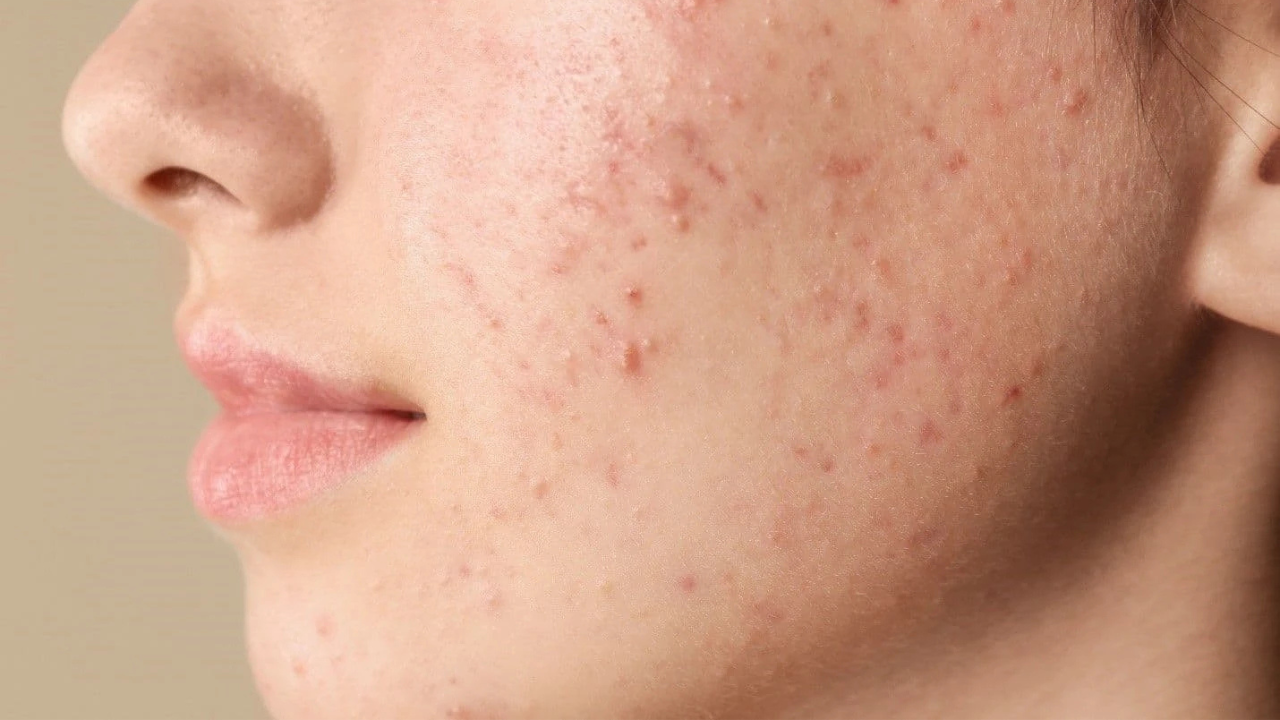Acne is one of the most common skin conditions, affecting nearly 85% of people at some point in their lives. Whether you’re a teenager battling breakouts or an adult dealing with unexpected flare-ups, acne can be frustrating and even impact self-esteem.
But here’s the good news—acne is treatable. With the right knowledge, skincare routine, and professional guidance, you can achieve clearer, healthier skin.
In this guide, we’ll explore:
- What causes acne?
- Different types of acne
- Evidence-backed treatments
- Expert tips for prevention
- Real-life success stories
Let’s dive in!
What Is Acne?
Acne is a skin condition that occurs when hair follicles become clogged with oil (sebum), dead skin cells, and bacteria. This leads to pimples, blackheads, whiteheads, cysts, and nodules, primarily on the face, back, chest, and shoulders.
Who Gets Acne?
- Teens & Young Adults: Hormonal changes during puberty increase oil production.
- Adults: Stress, hormones, and lifestyle factors can trigger adult acne.
- People with Oily Skin: Excess sebum production raises acne risk.
What Causes Acne?
Understanding acne’s root causes helps in choosing the right treatment. Here are the key factors:
1. Excess Oil (Sebum) Production
Overactive sebaceous glands produce too much oil, clogging pores.
2. Clogged Hair Follicles
Dead skin cells mix with oil, blocking pores and creating a breeding ground for bacteria.
3. Bacteria (Cutibacterium acnes)
This bacteria thrives in clogged pores, causing inflammation and redness.
4. Hormonal Fluctuations
- Androgens (testosterone) spike during puberty, pregnancy, and menstruation, increasing oil production.
- PCOS (Polycystic Ovary Syndrome) often leads to hormonal acne.
5. Diet & Lifestyle Factors
- High-glycemic foods (sugar, white bread) may worsen acne.
- Dairy products (especially skim milk) are linked to breakouts in some people.
- Stress increases cortisol, which can trigger acne.
6. Genetics
If your parents had acne, you’re more likely to develop it.
Types of Acne
Not all acne is the same. Identifying your type helps in choosing the best treatment.
1. Non-Inflammatory Acne
- Blackheads (Open Comedones): Clogged pores open at the skin’s surface, oxidizing and turning black.
- Whiteheads (Closed Comedones): Clogged pores remain closed, appearing as small white bumps.
2. Inflammatory Acne
- Papules: Small, red, tender bumps.
- Pustules (Pimples): Red bumps with white or yellow pus.
- Nodules: Large, painful lumps beneath the skin.
- Cysts: Deep, pus-filled, often scarring acne (most severe type).
How to Treat Acne: Science-Backed Solutions
1. Over-the-Counter (OTC) Treatments
- Benzoyl Peroxide (2.5%–10%): Kills bacteria and reduces inflammation.
- Salicylic Acid (0.5%–2%): Exfoliates and unclogs pores.
- Retinoids (Adapalene): Promotes cell turnover and prevents clogged pores.
Pro Tip: Start with lower concentrations to avoid irritation.
2. Prescription Medications
- Topical Antibiotics (Clindamycin): Reduce bacteria and inflammation.
- Oral Antibiotics (Doxycycline): For moderate to severe acne.
- Hormonal Therapy (Birth Control Pills, Spironolactone): Balances androgens in women.
- Isotretinoin (Accutane): For severe, cystic acne (requires dermatologist supervision).
3. Professional Treatments
- Chemical Peels: Remove dead skin cells and unclog pores.
- Laser Therapy: Reduces bacteria and oil production.
- Cortisone Injections: Quickly shrink large cysts.
4. Natural & Home Remedies
- Tea Tree Oil (5% dilution): Antibacterial properties (patch test first).
- Aloe Vera: Soothes inflammation.
- Green Tea Extract: Anti-inflammatory benefits.
Warning: Avoid DIY hacks like toothpaste or lemon juice—they can irritate skin!
Preventing Acne: Expert-Backed Tips
1. Follow a Consistent Skincare Routine
- Cleanse: Use a gentle, non-comedogenic cleanser twice daily.
- Exfoliate: 1–2 times a week (avoid over-scrubbing).
- Moisturize: Even oily skin needs hydration (look for oil-free formulas).
- Sunscreen: Some acne treatments increase sun sensitivity.
2. Avoid Acne Triggers
- Don’t pick or pop pimples—it worsens inflammation and scarring.
- Wash pillowcases weekly to prevent bacteria buildup.
- Choose non-comedogenic makeup (won’t clog pores).
3. Manage Stress & Diet
- Reduce sugar and dairy if they trigger breakouts.
- Exercise regularly to improve circulation and reduce stress.
- Get enough sleep—skin repairs itself overnight.
Real-Life Success Stories
Case Study 1: Teenage Acne Transformation
“I struggled with cystic acne for years. After seeing a dermatologist and using a combination of retinoids and benzoyl peroxide, my skin cleared in 3 months.” — Sarah, 19
Case Study 2: Adult Hormonal Acne
“Birth control and spironolactone saved my skin. I wish I had sought help sooner!” — Jessica, 32
When to See a Dermatologist
If OTC treatments fail after 8–12 weeks, consult a dermatologist for:
- Severe, painful acne
- Deep cysts or nodules
- Acne scarring
Final Thoughts
Acne is a common but manageable condition. The key is patience, consistency, and the right treatment plan. Whether you opt for OTC products, prescription meds, or professional treatments, clearer skin is achievable.
